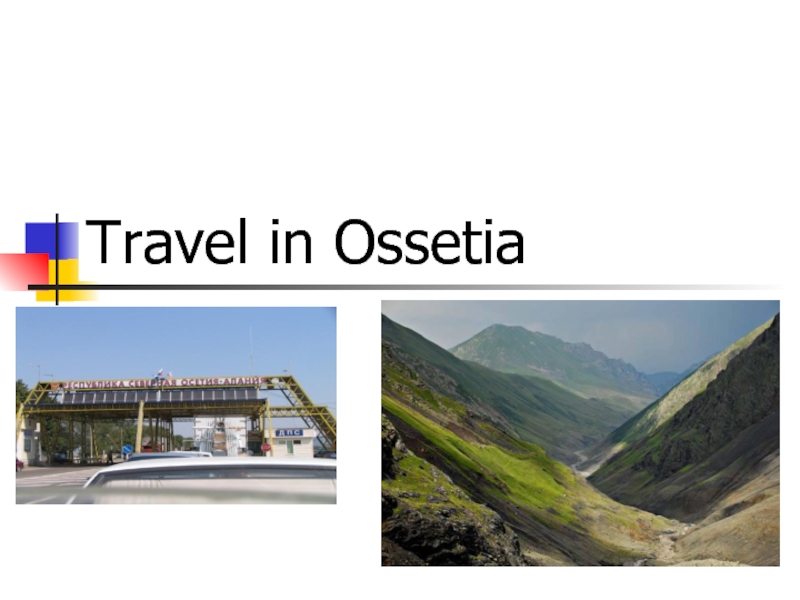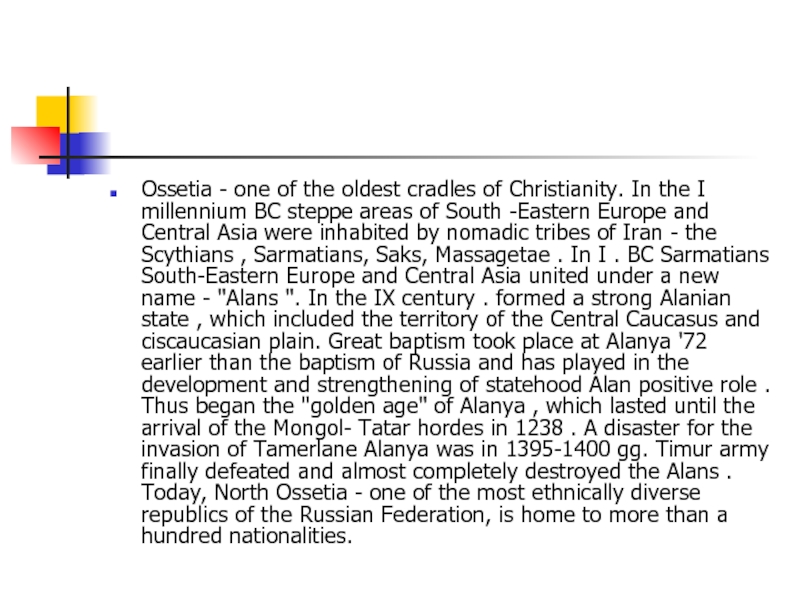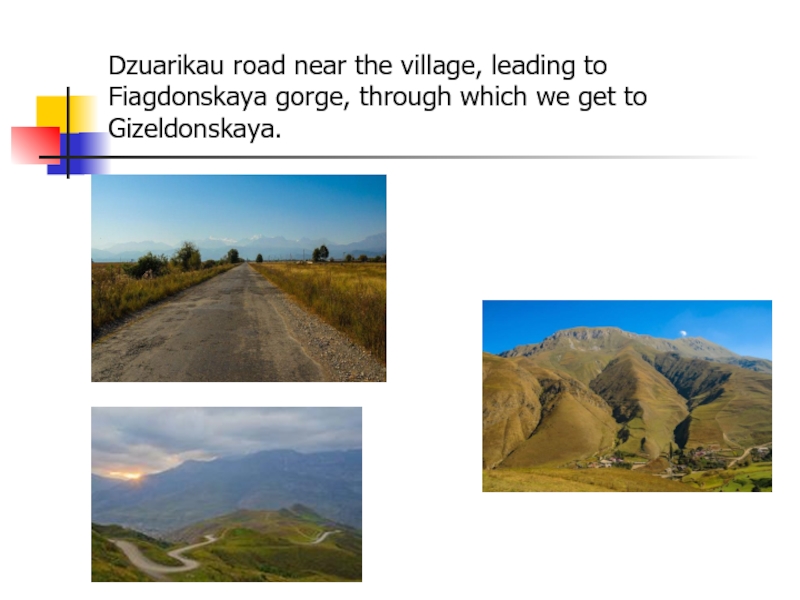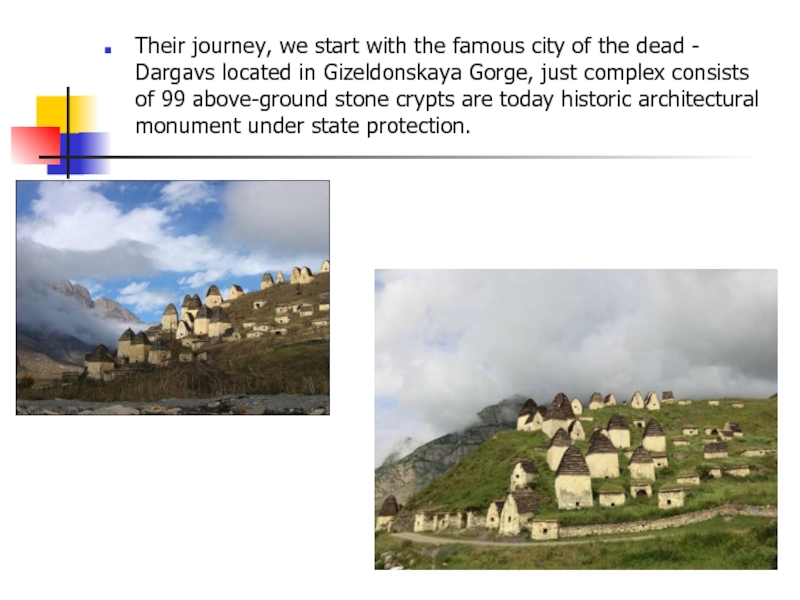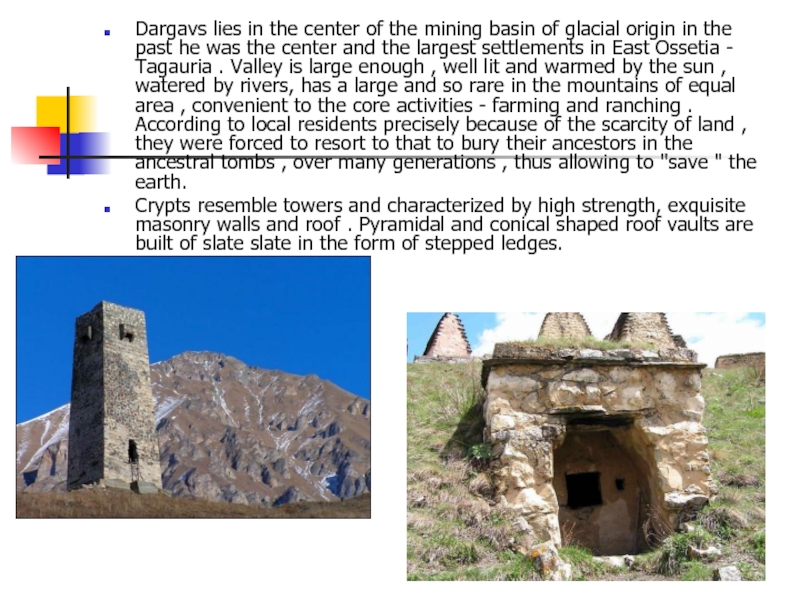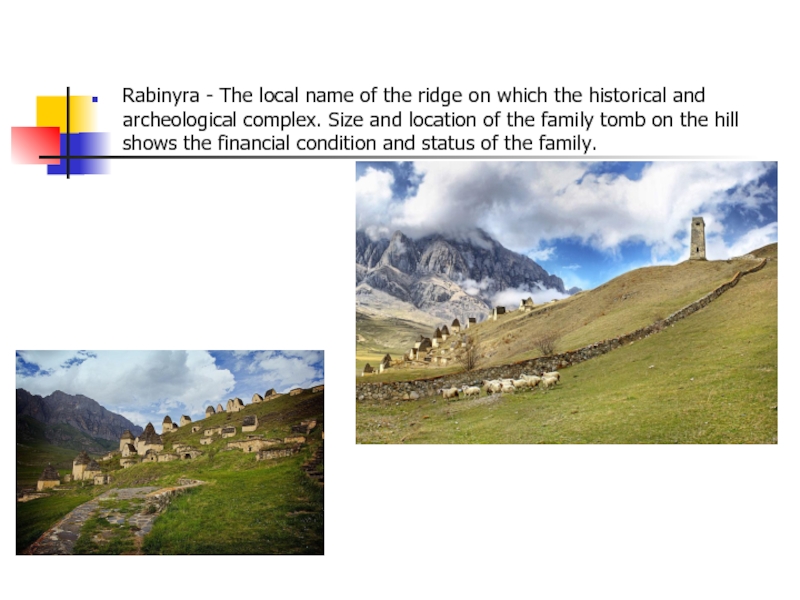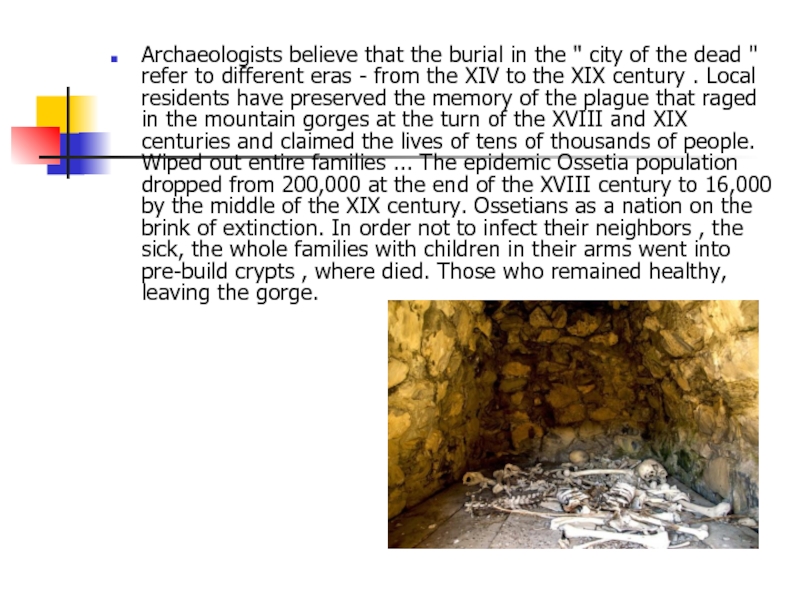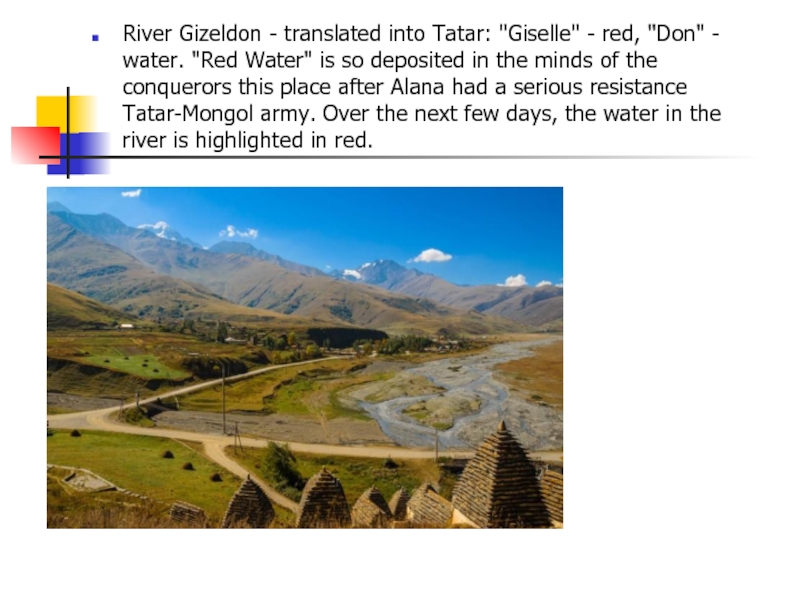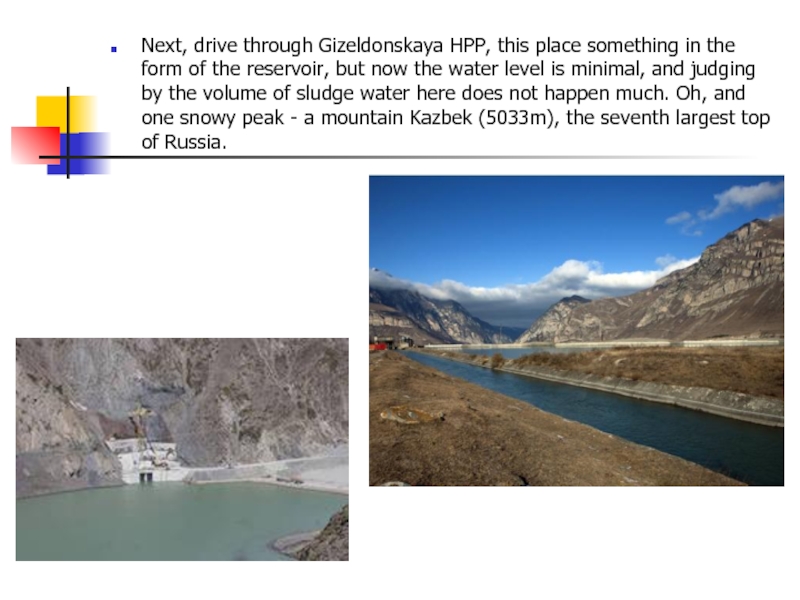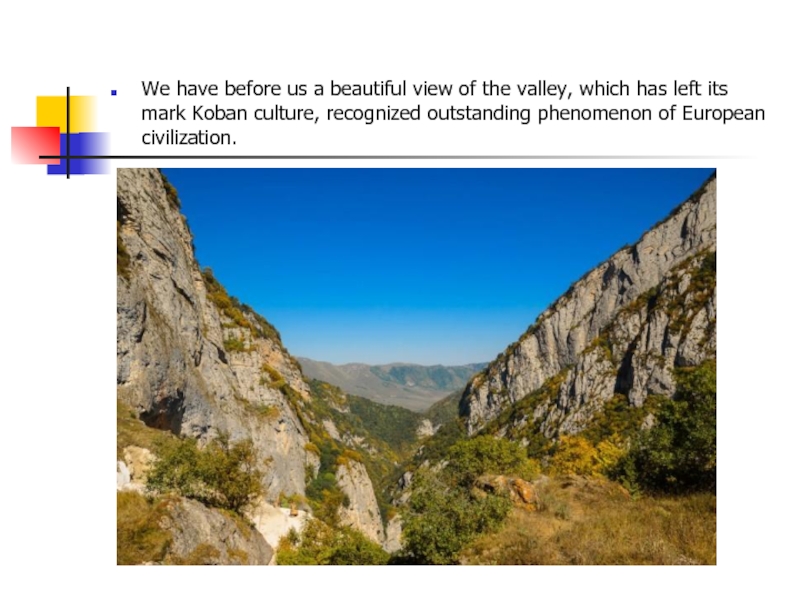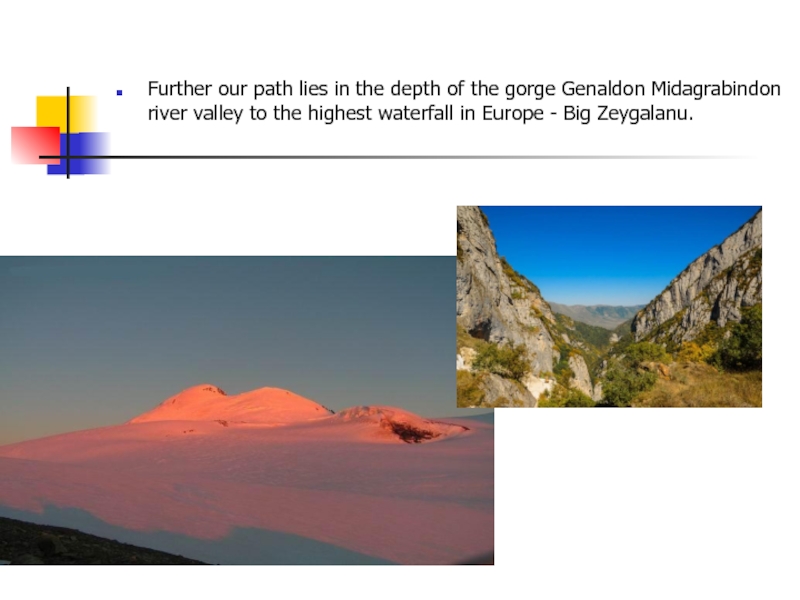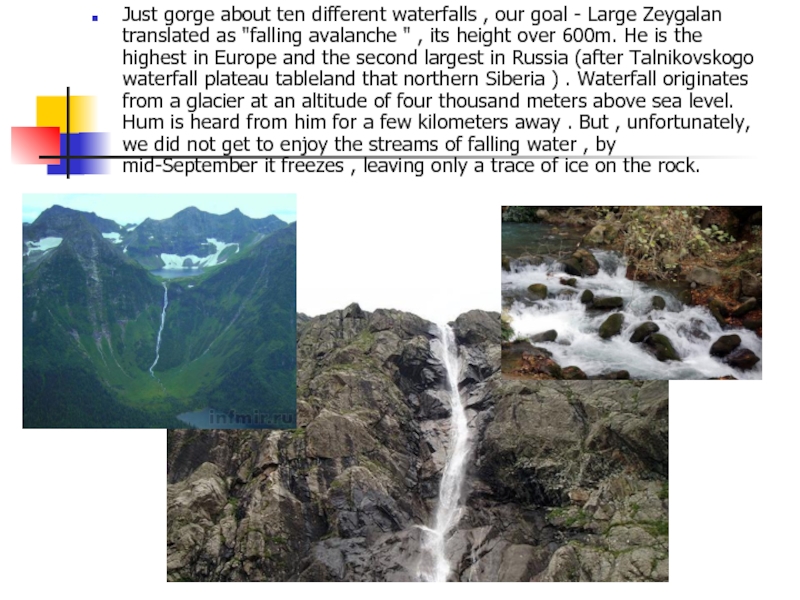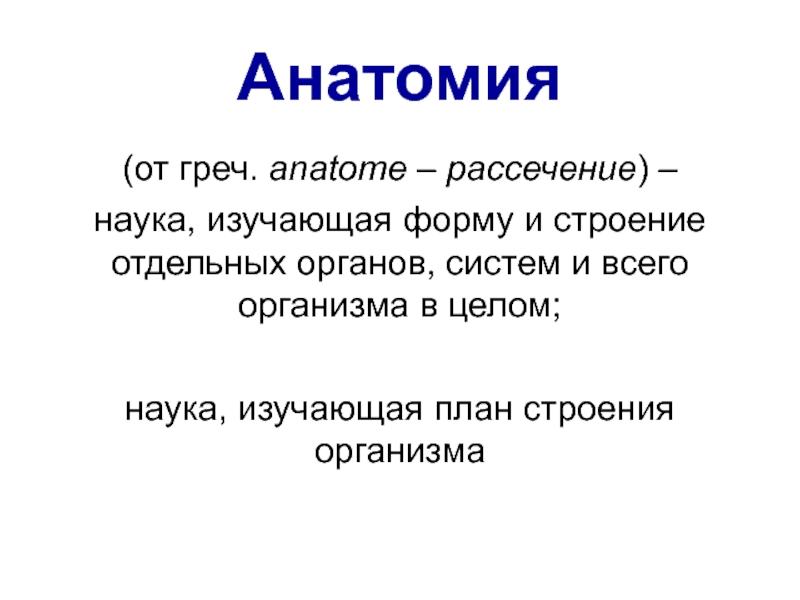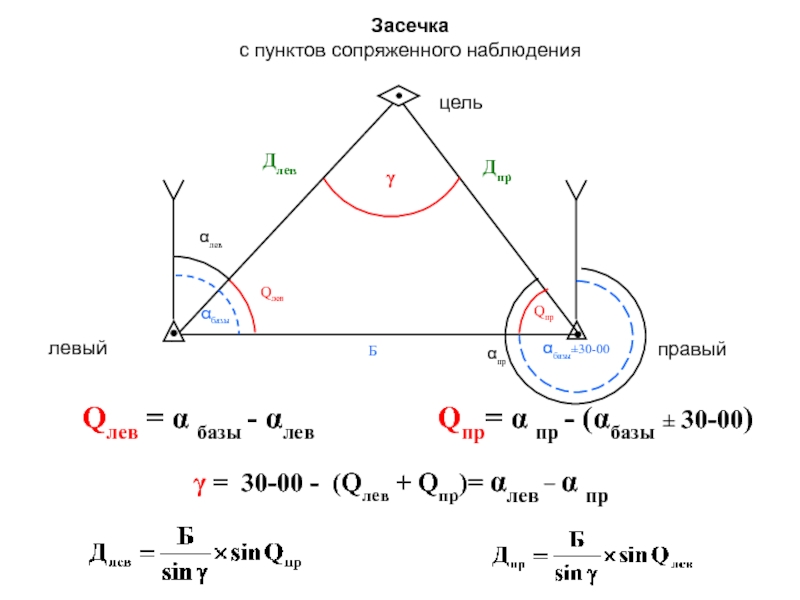Разделы презентаций
- Разное
- Английский язык
- Астрономия
- Алгебра
- Биология
- География
- Геометрия
- Детские презентации
- Информатика
- История
- Литература
- Математика
- Медицина
- Менеджмент
- Музыка
- МХК
- Немецкий язык
- ОБЖ
- Обществознание
- Окружающий мир
- Педагогика
- Русский язык
- Технология
- Физика
- Философия
- Химия
- Шаблоны, картинки для презентаций
- Экология
- Экономика
- Юриспруденция
Travel in Ossetia
Содержание
- 1. Travel in Ossetia
- 2. Ossetia - one of the oldest cradles
- 3. Dzuarikau road near the village, leading to Fiagdonskaya gorge, through which we get to Gizeldonskaya.
- 4. Their journey, we start with the famous
- 5. Dargavs lies in the center of the
- 6. Rabinyra - The local name of the
- 7. Archaeologists believe that the burial in the
- 8. River Gizeldon - translated into Tatar: "Giselle"
- 9. Next, drive through Gizeldonskaya HPP, this place
- 10. We have before us a beautiful view
- 11. Further our path lies in the depth
- 12. Just gorge about ten different waterfalls ,
- 13. Скачать презентанцию
Ossetia - one of the oldest cradles of Christianity. In the I millennium BC steppe areas of South -Eastern Europe and Central Asia were inhabited by nomadic tribes of Iran -
Слайды и текст этой презентации
Слайд 3Dzuarikau road near the village, leading to Fiagdonskaya gorge, through
which we get to Gizeldonskaya.
Слайд 4Their journey, we start with the famous city of the
dead - Dargavs located in Gizeldonskaya Gorge, just complex consists
of 99 above-ground stone crypts are today historic architectural monument under state protection.Слайд 5Dargavs lies in the center of the mining basin of
glacial origin in the past he was the center and
the largest settlements in East Ossetia - Tagauria . Valley is large enough , well lit and warmed by the sun , watered by rivers, has a large and so rare in the mountains of equal area , convenient to the core activities - farming and ranching . According to local residents precisely because of the scarcity of land , they were forced to resort to that to bury their ancestors in the ancestral tombs , over many generations , thus allowing to "save " the earth.Crypts resemble towers and characterized by high strength, exquisite masonry walls and roof . Pyramidal and conical shaped roof vaults are built of slate slate in the form of stepped ledges.
